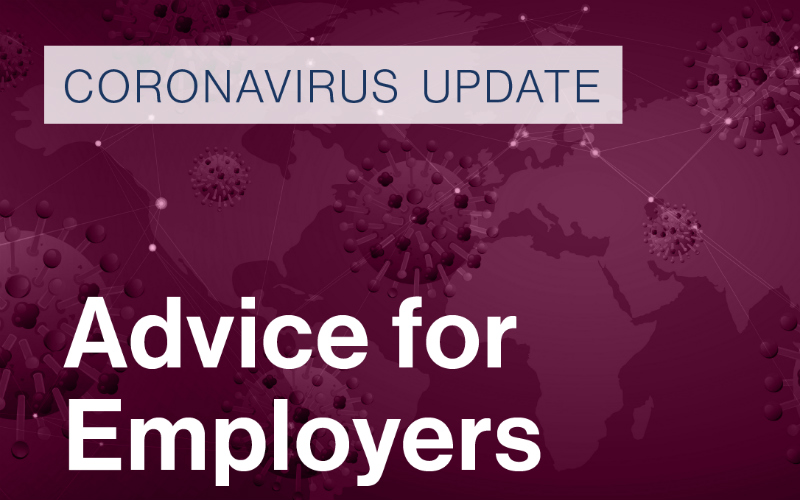
Since March 2020 and the outbreak of the Covid-19 pandemic in the UK, the country’s health has been of paramount concern and for none more so than those who were considered to be at a higher risk from the effects of Covid-19.
Those who were considered to be at higher risk from the virus because of an underlying health condition were advised to stay at home as much as possible and avoid any direct contact with others who do not live in their household for a period of at least 12 weeks. This was called “shielding”.
This weekend saw Scotland, England and Northern Ireland pause shielding with Wales to follow suit on 16th of August. This means that the governments of the UK consider that the infection levels are now falling and so those who are at high risk will no longer have to stay at home but can follow the same guidelines as everyone else. For example, they can mix with others in indoors but must maintain strict social distancing.
Returning to work
For those who have been shielding the default position was that they should not be at work should they be unable to work from home. Now that the restrictions have eased, those who have been shielding should continue to work from home where possible. If this not possible and has not been possible for the past number of months, employers should take steps to make the workplace as safe as possible.
Employees who have been shielding, much like other employees who are returning to the workplace rather than working from home, should only return where they feel that their place of work is Covid-safe. This means that employers should have taken all steps possible to reduce the risk of infection and contamination for all employees. Employees can use the Scottish government’s risk assessment to assess their individual circumstances before returning to work.
For some employees who have been shielding the return to slightly more normal life may be welcome, however for many they will be particularly anxious. Employers should be mindful that this is an unprecedented situation and for those with serious underlying health conditions they may require more time to feel ready to return to the workplace. Further most people who have been shielding will have done so because of medical conditions for which they would be classed as disabled under the Equality Act 2010. The Act places a positive duty on employers to consider any reasonable adjustments which should be made to the working environment to ensure that disabled employees are not placed at a disadvantage compared to non-disabled employees. This may include changes to the physical environment as well as for example staggering hours of work to minimise risks of being in contact with large numbers of colleagues.
Employers should be flexible and sympathetic to ensure that those who have concerns about returning to work after a period of shielding feel supported and safe in the working environment. Employers should ensure that where possible employees can work from home however, where this is not possible, aspects outside of the work place should also be considered to ensure the safety of these employees. For example, offering more parking spaces for employees so avoid them using public transport or a later starting time to avoid peak travel times for public transport.
Where it is not possible for someone to work from home, or to make reasonable adjustments for them to return to the workplace employers should be flexible in managing employees concerns about employee’s return to work. Employees who are no longer shielding but refuse to return to work will no longer be entitled to SSP unless they are self-isolating because they or someone in their household has symptoms of Covid-19. Employers may take a sympathetic view that those employees who wish to continue to shield will be paid as if they were sick, with the employer paying an amount equivalent to SSP. Alternatively, where an employee who has previously been furloughed (prior to 10th June) does not wish to return to work after shielding, they could be furloughed for a further period whilst the scheme is in operation. The furlough scheme was closed to new entrants after 10th June and so if an employee was not furloughed prior to that date then they would be unable to do so now.
If neither of these options are suitable the employer could agree with the employee for them to take a period of unpaid leave or use up a portion of their holiday entitlement by taking paid annual leave.
Employers should be mindful that the Employment Rights Act affords employees protection from detriment or dismissal where they leave or refuse to attend work in circumstance of danger which they reasonably believe to be serious or imminent. Employees who refuse to attend work amid raising safety concerns relating to coronavirus might qualify for protection from detriment and dismissal as a whistleblower and employers should take particular care if employees are raising health and safety concerns regarding the employers managing of safety measures in relation to Covid-19.
Return of shielding
Those who are on the shielding list may be advised that they should shield again if the infection rate for the virus begins to rise again across the UK. Employers should be aware of this risk and should have measures in place to allow employees who are shielding to go back to working from home if possible.

